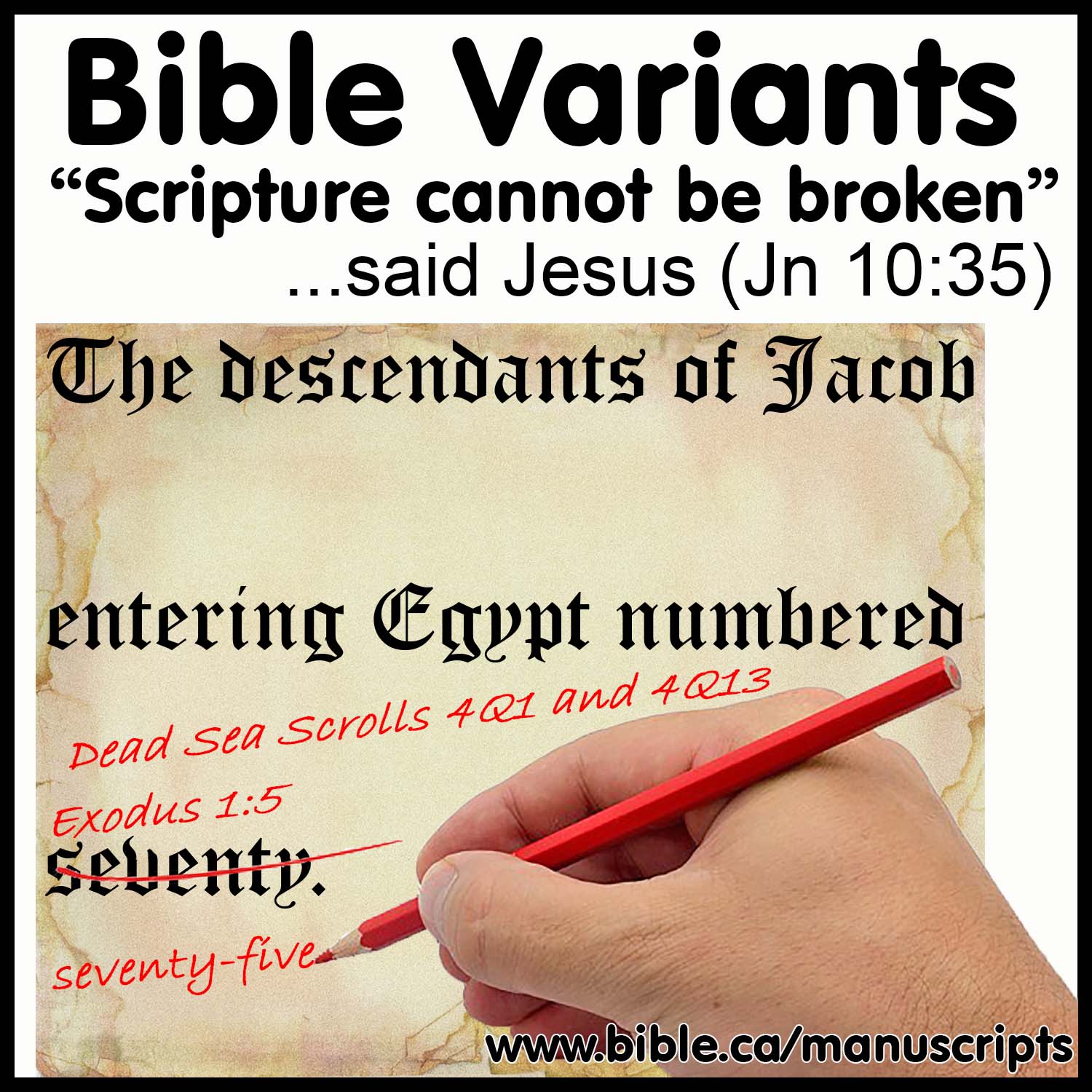Seder Olam Rabbah Pdf


Talmud Readers by Talmudic literature —— —— • • —— () —— • • —— Later —— • —— Exodus —— • • —— Leviticus —— • —— Numbers and Deuteronomy —— • • • —— Tannaitic —— • • • • • —— 400–600 —— • • • • • • • • • —— 650–900 —— • • • • • • • • Devarim Zutta • • • • • • —— 900–1000 —— • Ruth Zuta • Eichah Zuta • • • • —— 1000–1200 —— • • —— Later —— • • • • • • • —— —— • • • Fragment Targum • —— —— • —— —— • Targum Tehillim • Targum Mishlei • Targum Iyyov • Targum to the Five Megillot • to Esther • Targum to Chronicles. • • • Seder Olam Rabbah (: סדר עולם רבה, 'The Great Order of the World') is a 2nd-century CE chronology detailing the dates of biblical events from the Creation to 's conquest of Persia.
Full English text translated online of. Seder Olam Rabbah. Creation: 3761 BC “The dirty little secret about the Modern Jewish Calendar” 2017 AD = 5777 After Creation. Seder Olam Rabbah (Hebrew: סדר עולם רבה , 'The Great Order of the World') is a 2nd-century CE Hebrew language chronology detailing the dates of biblical.
It adds no stories beyond what is in the biblical text, and addresses such questions as the age of Isaac at the binding and the number of years that Joshua led the Israelites. Tradition considers it to have been written about 160 CE by, which is not unreasonable, but it was probably also supplemented and edited at a later period (). In the this chronicle is several times referred to simply as the 'Seder Olam' ( 88a; 82b; 5a; 11b; 8b; 46b), and it is quoted as such by the more ancient Biblical commentators, including. But with the 12th century it began to be designated as 'Seder Olam Rabbah,' to distinguish it from a later, smaller chronicle,; it was first so designated by - also known as Ha-Yarhi ( Ha-Manhig, p. 2a, Berlin, 1855).
Contents • • • • • • • • • Structure [ ] In its present form the Seder Olam Rabbah consists of 30 chapters, each 10 chapters forming a section, or 'gate.' The work is a chronological record, extending from to the in the reign of, the Persian period being compressed into 52 years (). The chronicle is complete only up to the time of; the period from Alexander to occupies a very small portion of the work—the end of the 30th chapter. It has been concluded, therefore, that originally the Seder Olam was more extensive and consisted of two parts, the second of which, dealing with the post-Alexandrian period, has been lost, with the exception of a small fragment that was added by the copyists to the first part. Many passages quoted in the are missing in the edition of the Seder Olam which has survived. Autodata Crack Dongle Key on this page.
Work [ ] The author probably designed the work for calendrical purposes, to determine the era of the; his system, adopted as early as the 3rd century, is still followed. Adhering closely to the Pharisaic interpretations of texts, he endeavored not only to elucidate many passages, but also to determine certain dates which are not indicated in the Bible, but which may be inferred by calculation. Swishmax Banner Templates. In many cases, however, he gave the dates according to tradition, and inserted, besides, the sayings and of preceding rabbis and of his contemporaries. Penumbra Overture Serial Key. In discussing Biblical chronology he followed three principles: • To assume that the intention of the Biblical author was, wherever possible, to give exact dates • To assign to each of a series of events the shortest possible duration of time, where necessary, in order to secure agreement with the Biblical text • To adopt the lesser of two possible numbers. The application of these principles would obviously have had the effect of compressing the Biblical chronology.
The following examples will illustrate the manner in which these principles are applied. Examples of method [ ] The confusion of languages in is said to have taken place in the days of (). The author concludes that the first year of Peleg's life cannot be meant, as at the time of the confusion Peleg had a younger brother, Joktan, and the latter had several children; nor could it have occurred during the middle years of his life, for Peleg lived 239 years, and the designation 'middle years' is not an exact one (); had the redactor intended to indicate only a general period, he would have used the phrase 'in the days of Peleg and Joktan.'
The Bible must therefore mean that the confusion of languages took place in the last year of Peleg's life, and by comparing the dates of the previous generations, the author concluded that it occurred 340 years after the, or 1996 years after the creation of the world. After dealing in the first 10 chapters with the chronology of the period from the of the world to the death of, the writer proceeds to determine the dates of the events which occurred after the, led by, entered the. Here Biblical chronology presents many difficulties, dates not being clearly given, and in many cases the Seder Olam was used by the later Biblical commentators as a basis of exegesis. Thus, it is known that from the entry of the Israelites into the Holy Land to the time of a period of 300 years elapsed ().